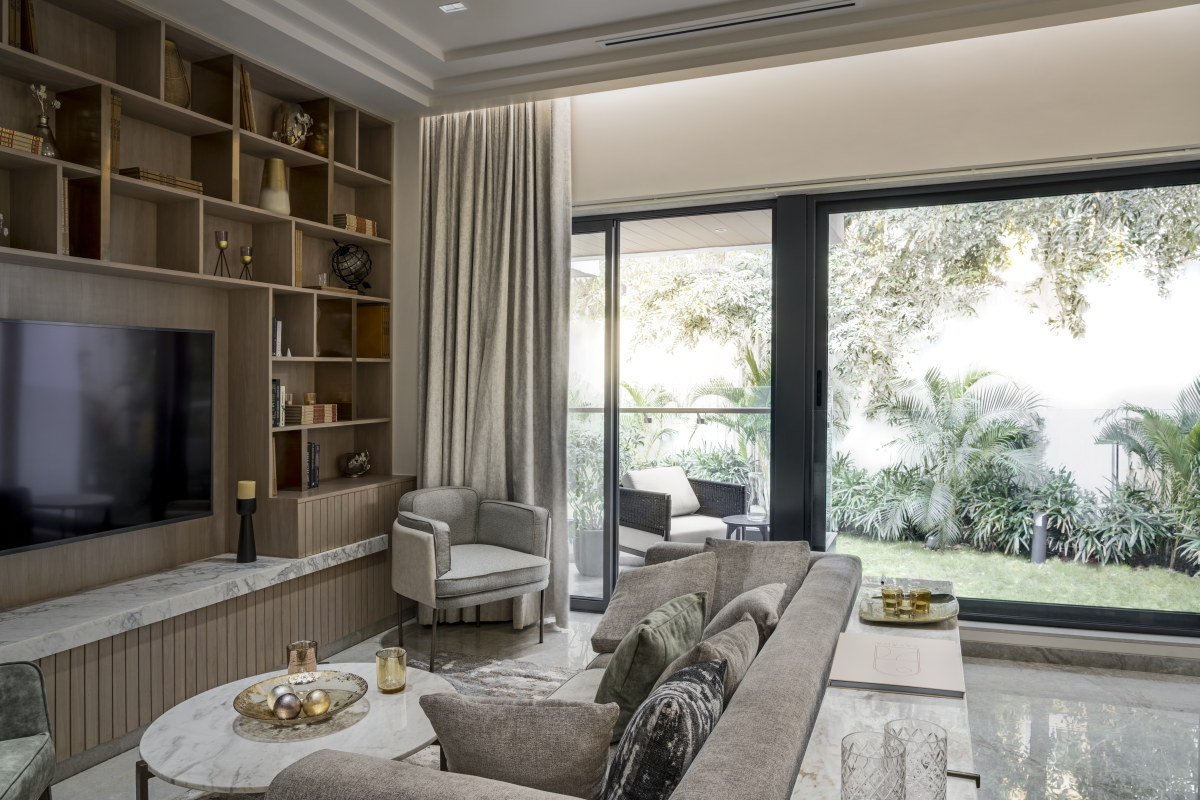Biophilic design is based on the idea that humans have evolved to work in and with the natural environment for millions of years, and that we are not well-adapted to the urban industrial environment that has only been around for about 200 years. Sensory contact with natural features is thought to improve the physical and mental well-being of people who spend a significant amount of time in the latter, through reduced stress and increased productivity.
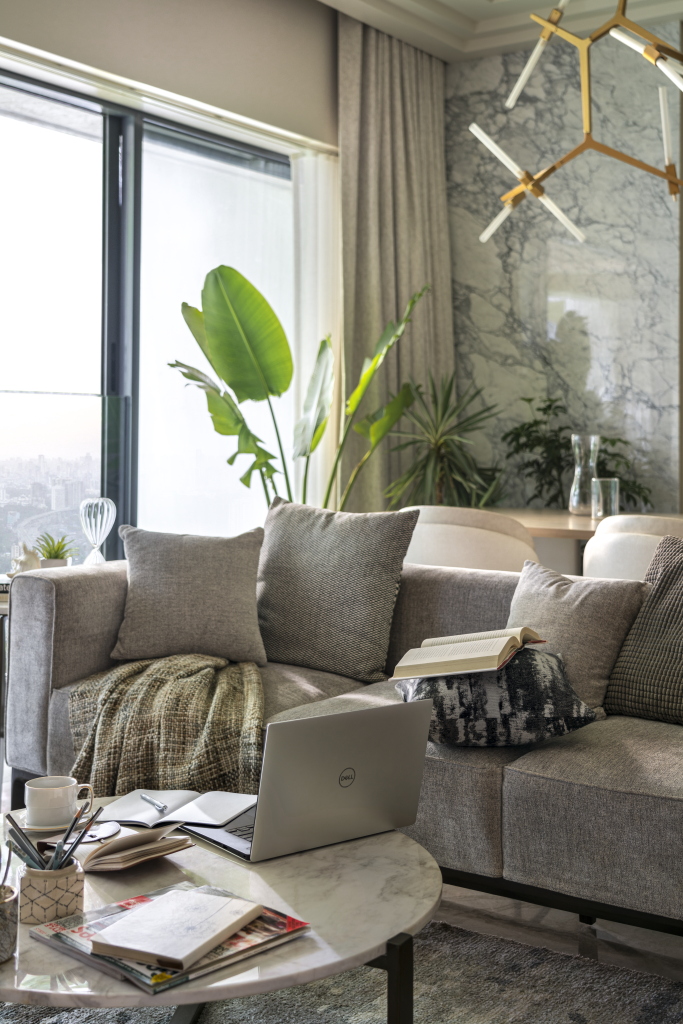
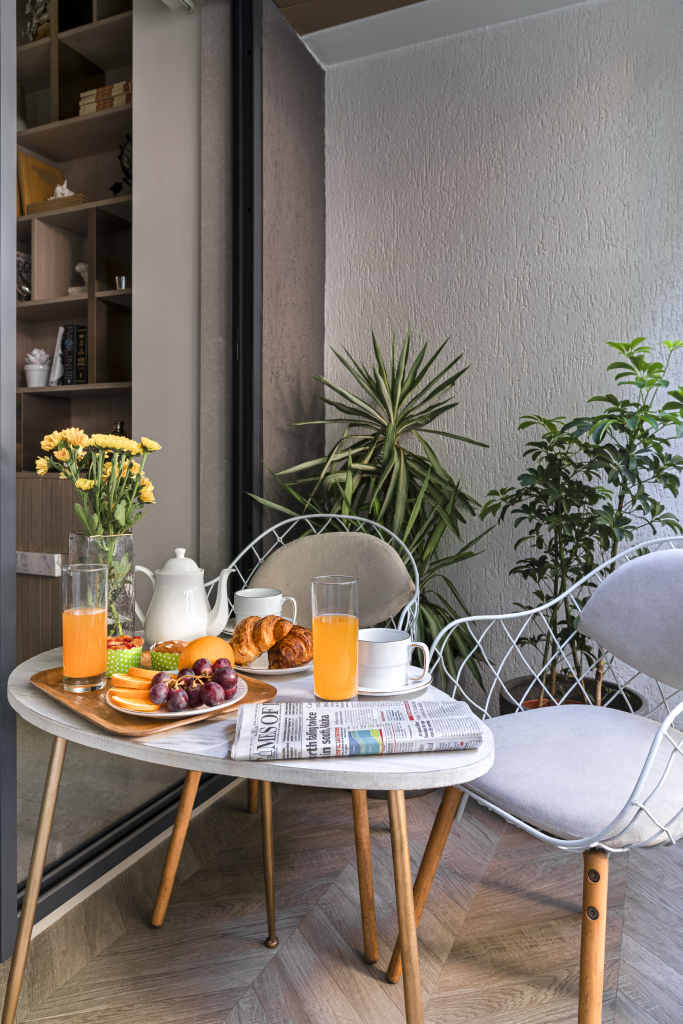
Biophilic design represents the city as a combination of urbanism, development, technology and natural environment. It allows us to experience nature and feel part of it even in the most congested cities. It is safe to say that biophilic design will become a design standard because we are intertwined with nature. Climate change, pandemic, innovation, focus on mental well-being. Currently, they are the catalysts that accelerate the adoption of biophilic design and show that its impact goes beyond just aesthetic qualities. Green infrastructure can help reduce carbon emissions, increase plant and wildlife diversity, and even regulate building temperatures.
The use of biophilic design in architecture is becoming incredibly popular. It is the idea of incorporating natural elements into the building environment, whilst also seeking to improve the connection a building’s occupants have with nature. These buildings foster environments that are calming, peaceful, nurturing, and have a beneficial impact on our mental and physical health. By incorporating more natural light, greenery, and natural materials, the design principle can be applied to both exterior and interior architecture, ensuring seamless integration of outdoor and indoor spaces. The term ‘biophilia’ refers to the physical, emotional, mental, and spiritual bond between humans and their natural surroundings. It is derived from the Greek words ‘bio’ for life and ‘philia’ for love. By incorporating that connection into the living environments of building structures, biophilic design helps us understand the importance of nature on our health, well-being, and growth.
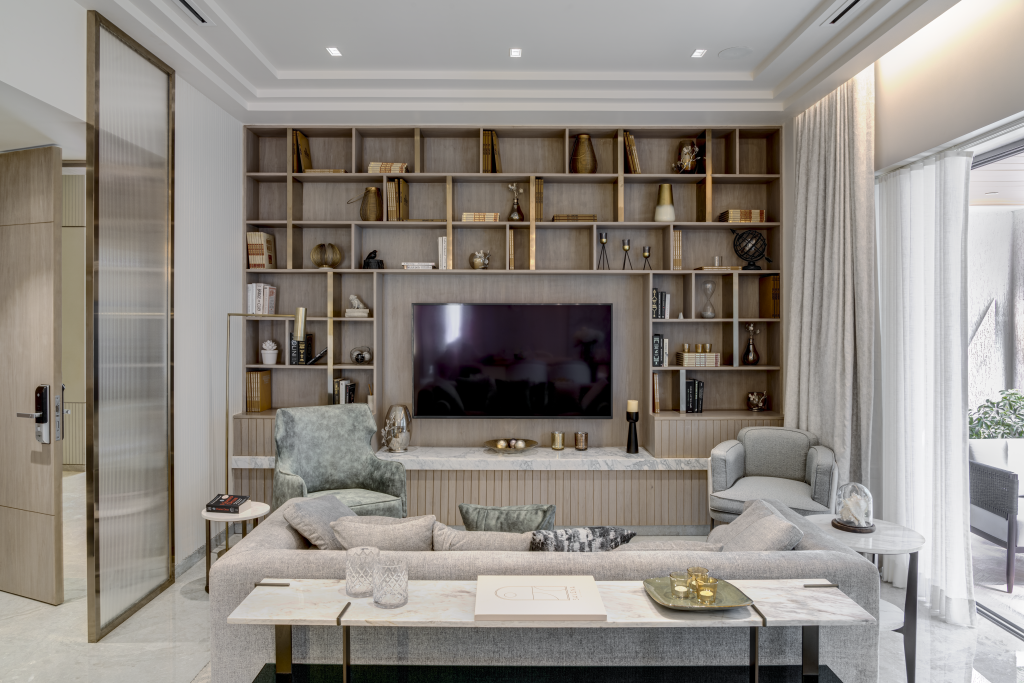
Biophilic design can also take a more indirect approach, such as the use of images of trees, lakes, and so on, or the creation of biomorphic forms and patterns. Designers are increasingly combining natural materials in novel and interesting ways. Even the use of LED technology to simulate natural experiences, such as clouds in the sky or a waterfall, can help people relax.
Natural materials such as stone and wood, as well as extensive greenery, are obvious ways to incorporate biophilic elements into architectural or interior design. Water features can help to reduce stress by providing a calming effect, while natural light and ventilation can improve physical well-being and the ‘feel’ of a building. Views of the surrounding environment should be maximised if possible through extensive glazing, which can also provide abundant natural light and ventilation.
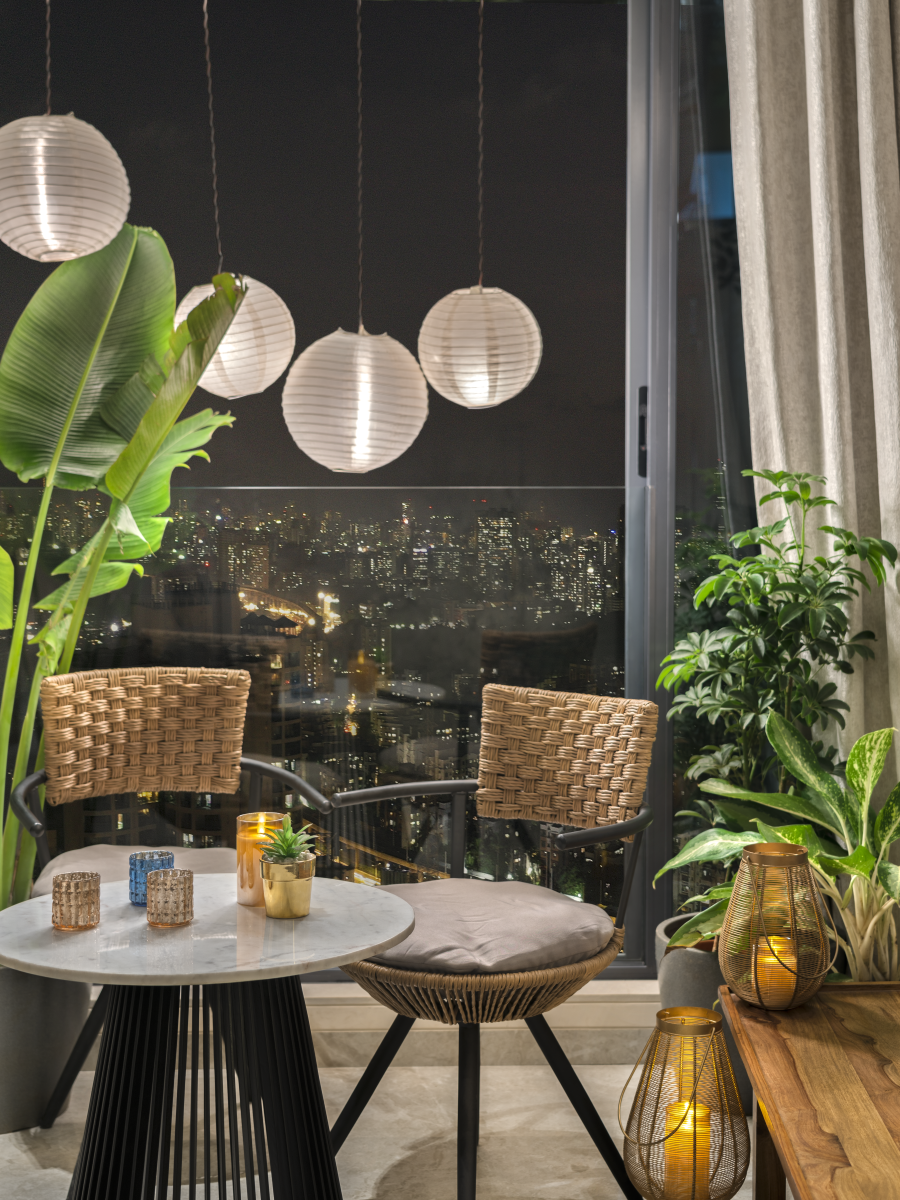
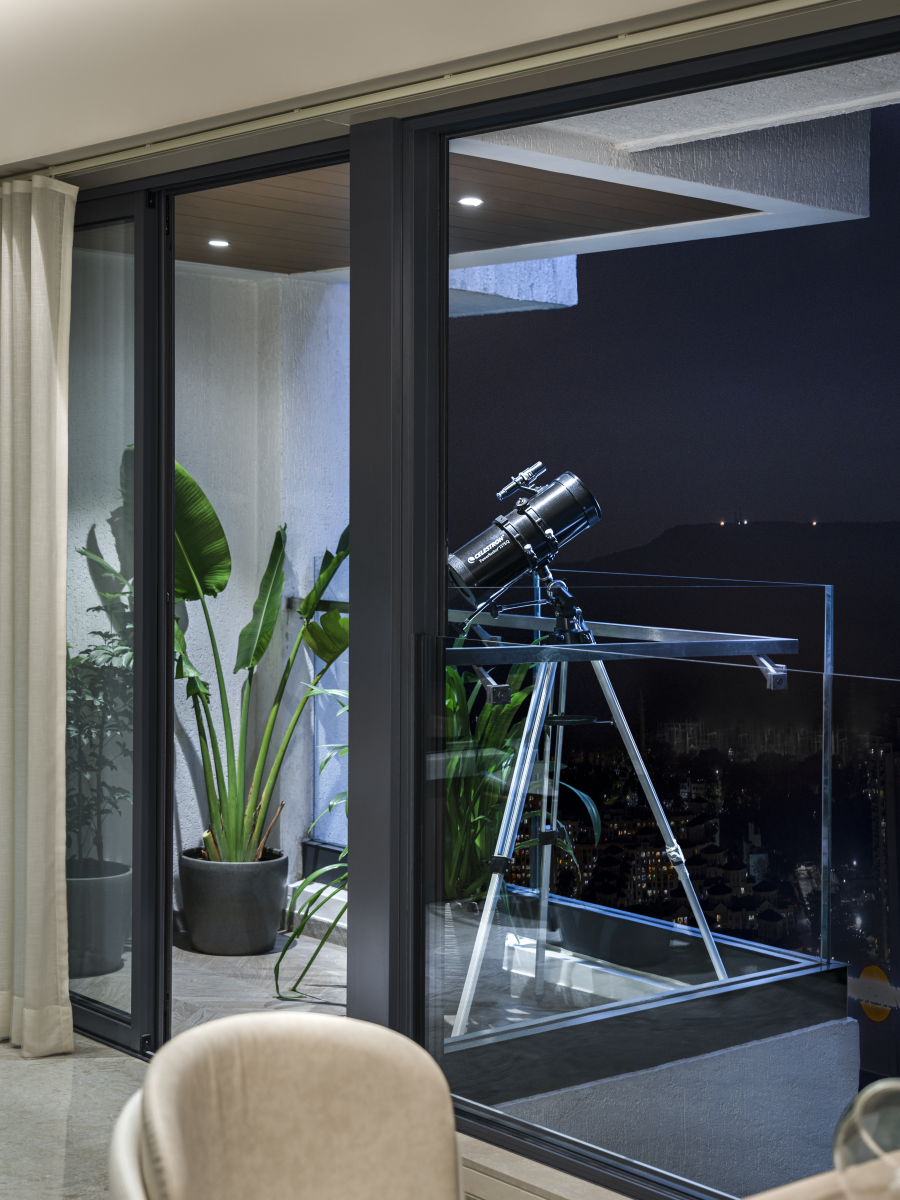
Biophilic design can be categorized into the following categories:
1. Nature in Space: Nature in Space is a biophilic design principle that refers to incorporating natural elements into building structures. Common examples include potted plants, bird feeders, water features, courtyard gardens and green walls or vegetated roofs.
2. Natural Analogues: “Natural Analogues” is a biophilic design principle that involves using design elements that mimic patterns and forms found in nature. This principle aims to create environments that evoke a sense of connection to the natural world, even when indoors. Artificial plants, preserved moss walls, representational artwork, patterns and architecture that evoke nature are all examples of natural analogues
3. Nature of the Space: The “Nature of the Space” principle in biophilic design refers to the ways in which planning of a space and architectural design affect human responses and feelings.
4. Biodynamic Design: Biodynamic Design is a subfield of biophilic design that focuses on the relationship between the built environment and the human body’s circadian rhythm. The principles of biodynamic design aim to create spaces that support and enhance our natural sleep-wake cycle, leading to improved health and well-being.
5. Restorative environments: “Restorative environments” is a biophilic design principle that focuses on creating spaces that have a positive impact on human health and well-being. Biophilic Design can be improved by: –
1. Using natural light
2. Providing access to views of nature
3. Incorporating natural materials
4. Using organic shapes
5. Creating spaces for connection with nature
6. Incorporating water elements
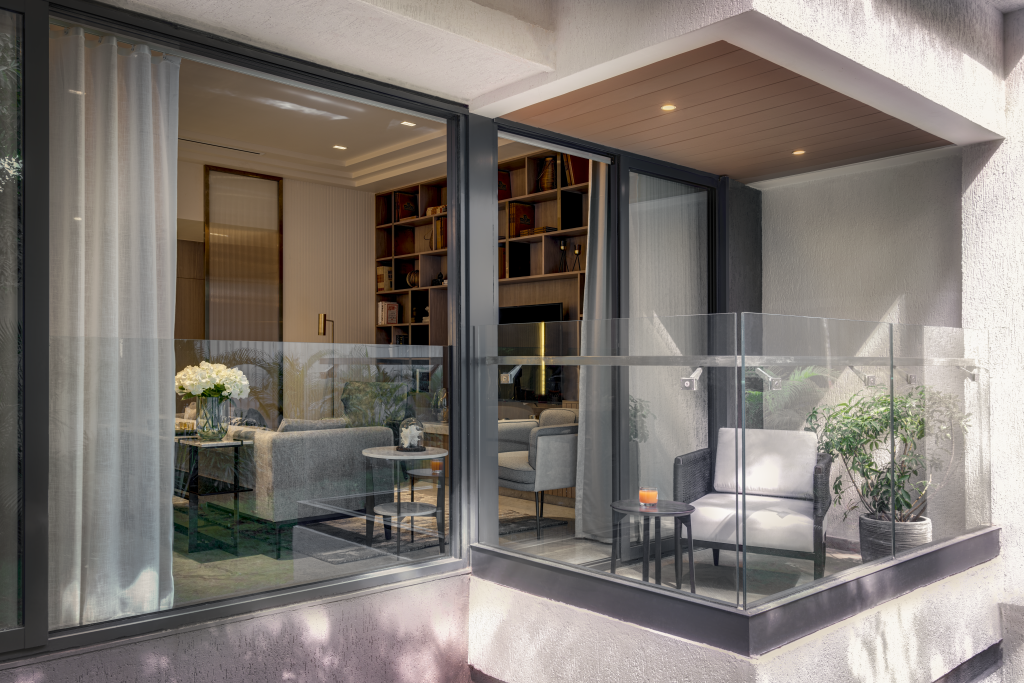
Key principles of biophilic design applications:
- The Natural environment:
The natural environment focuses on natural world elements incorporated into a home setting. Simple things like earthy colours, sunlight, plants, and animal and nature images.
- Natural shapes:
Natural shapes are lines and shapes found in nature. Arches and vaults are notable examples, as are re-creating rock shelves, water paths, and other natural phenomena.
- Natural patterns:
Natural patterns, like natural shapes, are concerned with natural patterns and processes. This could be demonstrated through the erosion of rock over time, plant growth, and the use of rhythm and scale.
- Natural light:
This is one of the simplest forms to grasp. Sunlight is beneficial, and biophilic design prioritises light and space. Using elements of warmth and different shapes, light helps to blend the inside and outside.

